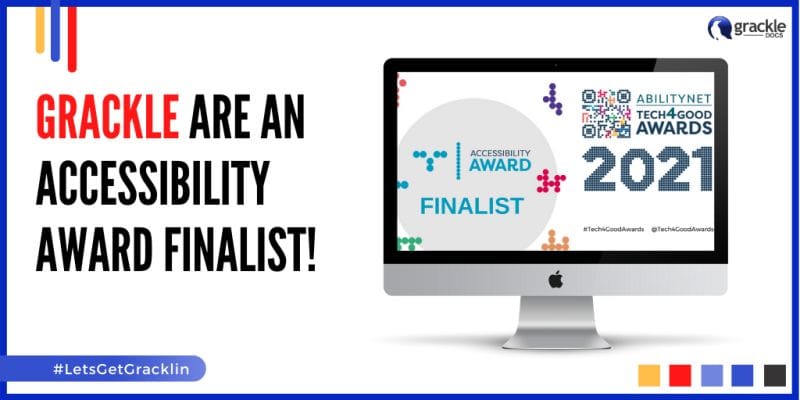Digital accessibility in Australia is governed by a combination of legislation, standards, and policies aimed at ensuring that digital content and services are accessible to all Australians, including those with disabilities.
Disability Discrimination Act 1992 (DDA)
The Disability Discrimination Act 1992 (DDA) underscores Australia’s dedication to preventing discrimination against individuals with disabilities, extending its principles to digital accessibility. This law compels service providers, especially in the digital domain like website and app developers, to ensure their platforms are accessible to those with disabilities. The Australian Human Rights Commission provides advisory notes on applying the DDA to digital platforms, emphasising compliance with the Web Content Accessibility Guidelines (WCAG) to foster inclusivity.
These guidelines serve as a beacon for creating accessible online spaces, ensuring everyone, including those with disabilities, can access digital information and services as a fundamental right. The DDA enables individuals to take legal action against non-compliant entities, reinforcing an accountable digital landscape. Through such legislation and guidance, Australia champions a digitally inclusive society, advocating for barrier-free access to digital content and services.
Web Content Accessibility Guidelines (WCAG)
In Australia, the Human Rights Commission advocates for adherence to the WCAG 2.0 standards as a comprehensive measure to make digital content accessible to all, aiming to prevent legal challenges. While this serves as a broad guideline, there’s a nuanced landscape of digital accessibility requirements across different jurisdictions within the country. Federal agencies are currently expected to meet WCAG 2.1 Level AA standards, setting a high bar for digital inclusivity and user experience.
However, requirements can vary at the state level, with some states like Western Australia specifying WCAG 2.0 compliance for their government websites and services. This tiered approach to digital accessibility acknowledges the diverse needs of individuals with disabilities while also striving to enhance the usability of digital platforms for a wider audience. Through the adoption of these standards, Australia demonstrates a commitment to dismantling digital barriers, creating a more accessible and navigable online space for all citizens, and ensuring equitable access to digital information and services across both federal and state levels.

Australian Human Rights Commission (AHRC)
The Australian Human Rights Commission (AHRC) plays a pivotal role in ensuring digital accessibility, aligning its efforts with the Disability Discrimination Act (DDA). It offers guidance and resources to organisations, aiding them in making their digital platforms accessible to individuals with disabilities. This includes practical advice on website and mobile app design that meets accessibility standards. Moreover, the AHRC addresses complaints about digital inaccessibility, providing a pathway for resolving issues when digital services do not accommodate users with disabilities.
Through its complaint resolution mechanism, the AHRC not only upholds the rights of individuals with disabilities but also emphasises the necessity of adherence to digital accessibility guidelines. This dual approach of guidance and enforcement by the AHRC highlights its dedication to creating an inclusive digital environment across Australia, promoting a culture where digital accessibility is prioritised and integrated into the core of digital service provision.
Digital Transformation Agency (DTA)
The Australian Government has set forth principles aimed at enhancing digital inclusivity through its Digital Service Standard, specifically through Criterion 9, which mandates making digital services accessible to all users, including those with disabilities. This directive, detailed on the Digital Transformation Agency’s website, underscores the importance of designing and delivering digital services that comply with the Web Content Accessibility Guidelines (WCAG) to ensure that every Australian can use them without barriers.
The standard emphasises the need for digital platforms to be perceivable, operable, understandable, and robust, enabling users with various disabilities to access and navigate these services efficiently. By adhering to these guidelines, the Australian Government demonstrates its commitment to creating a more inclusive digital environment, where digital services are developed with accessibility at the forefront, ensuring equitable access for all citizens.
Standard for Accessible ICT Procurement
AS EN 301 549 represents Australia’s dedication to enhancing digital inclusivity through its Standard for Accessible ICT Procurement. This standard aligns with the global push towards making technology accessible to all users, including those with disabilities. Particularly, Section 9 of AS EN 301 549 meticulously outlines requirements for web accessibility, aligning with the Web Content Accessibility Guidelines (WCAG) 2.1 Level AA.
It emphasises five critical conformance requirements for web pages: achieving the designated conformance level (Level AA), ensuring the accessibility of full pages, guaranteeing that complete processes (such as transactions or navigation) are accessible, using only technologies that support accessibility, and maintaining non-interference, meaning that the website does not hinder the accessibility of other elements. By adhering to these principles, AS EN 301 549 ensures that ICT procurement within Australia prioritises web accessibility, facilitating equal access to digital content and services for individuals with diverse abilities, thereby fostering an inclusive digital environment.



